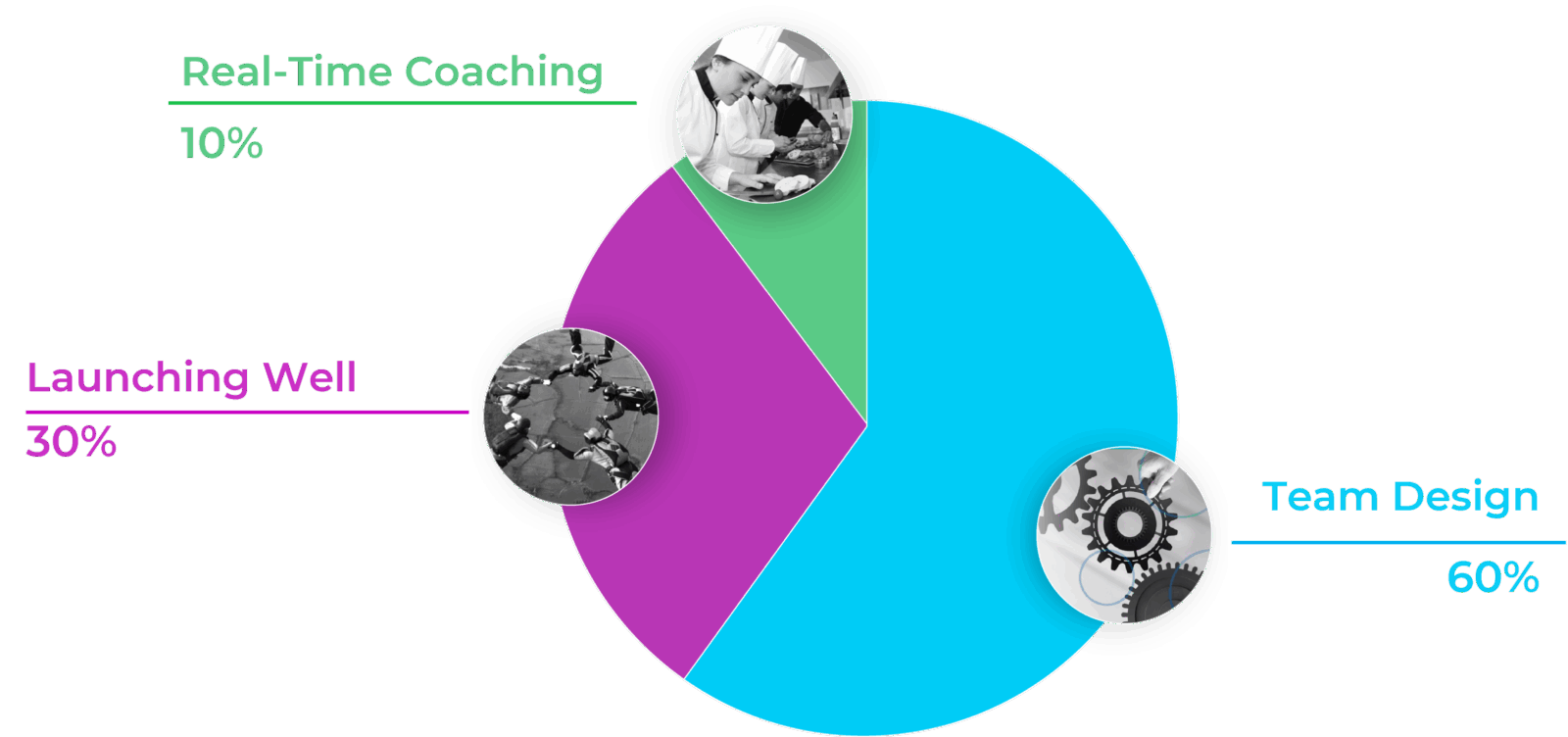Resetting Teams After Disruption | Capability @ Lunch Recap

How can your team return to high performance after a period of disruption? At this month’s Capability @ Lunch session, leadership consultant Jenny McDonald guided participants through the challenges of team disruption and what it takes to reset with purpose.
The Common Disruptions We’re Facing
Whether online or in the room, attendees reflected on recent experiences of disruption, including restructures, team merges, disestablishments, and shifting government priorities.
Jenny acknowledged that while disruption is often challenging, it also presents an opportunity. The key question is how to refocus and rebuild: not as isolated individuals, but as effective teams. Resetting doesn’t happen by accident. It takes intention, learning, and deliberate action.
How Teams Really Work
To frame the conversation, Jenny shared two influential models of team development. First was Bruce Tuckman’s well-known model, forming, storming, norming, performing, a helpful way to think about how teams evolve over time. But in reality, Jenny noted, team development is rarely linear. Behaviours often shift back and forth as circumstances change.

That’s where the Gersick model offers a valuable alternative. Also known as the punctuated equilibrium model, it shows that teams typically go through long periods of relative stability, interrupted by brief, intense phases of change. Originally developed in the context of project teams, the model highlights three key opportunities for intervention:
- When the team is first formed — a natural point for a reset
- At the midpoint — when direction and energy often shift
- At the end — when reflection and learning can take place

Design Drives Performance
One of the most powerful takeaways from the session was the 60–30–10 rule. According to decades of research, 60 percent of a team’s effectiveness comes from how it is designed — its purpose, roles, size, and the tasks it needs to accomplish. Thirty percent depends on how the team is launched, and just 10 percent is shaped by real-time coaching.

This is a game-changer. It shows that great teams aren’t just about chemistry or effort. They’re built, intentionally and thoughtfully, from the ground up.
The Six Conditions for Team Effectiveness
The heart of the session focused on the Six Conditions framework, developed by Harvard scholars Drs. Richard Hackman and Ruth Wageman. These conditions collectively predict up to 80 percent of a team’s effectiveness, and are grouped into two categories: essentials and enablers.
The Essentials
These are the foundation of great teams.
- Real team: Clear membership, effective communication, and enough time together to accomplish something meaningful
- Compelling purpose: A goal that challenges, connects to values, and inspires collective effort
- Right people: The right mix of skills, perspectives, and diversity to meet the task

The Enablers
These accelerate a team’s development and impact.
- Sound structure: Small team size, focus on mission-critical priorities, and agreed ways of working
- Supportive context: Organisational systems that back teamwork, including resources, rewards, and information
- Expert coaching: Timely support from someone skilled in helping teams grow and improve
Together, these conditions set the stage for a high-performing team — one that not only meets stakeholder needs, but also builds capability and supports the wellbeing of its members.
Leading the Reset
To close the session, Jenny offered practical tips for leaders looking to reset their teams:
- Start with the essentials
- Make resetting part of the work — not an add-on
- Engage the whole team
- Coach to the work, not just to motivation
Importantly, Jenny reminded participants that resetting a team isn’t automatic. It requires conscious effort and leadership that is willing to pause, reflect, and take action. And if you’re not in a leadership role but want to spark change, she suggested starting with a simple question: “How well do you think the team is doing at achieving the outcome?” From there, you can begin a more meaningful conversation.
Disruption isn’t going away. But with the right structures, the right conversations, and the right leadership, teams can reset, refocus, and thrive.
Jenny McDonald delivers Influencing and Persuasion Skills, a two-day short course, with Kāpuhipuhi Wellington Uni Professional.
Additional Resources
- Leading Teams When the Time is Right: Finding the Best Moments to Act, Hackman, J. Richard, Ruth Wageman, and Colin M. Fisher
- Find out more about the 6 Team Conditions
Join our next Capability @ Lunch session
Enhance Your Cultural Intelligence
Date Wednesday 27 August
Time 12–1 PM
Location RHLT3, Rutherford House, Wellington
Join Trish Lui and Holona Lui for an engaging one-hour session to build your cultural intelligence, deepen self-awareness, and gain practical strategies for navigating diverse cultural contexts with confidence and empathy. These sessions are proudly brought to you by Kāpuhipuhi Wellington Uni-Professional in partnership with Hāpai Public (formerly IPANZ).
Find more programmes that we offer
Contact usWe customise specific programmes for many New Zealand organisations – from short ‘in-house’ courses for employee groups, to executive education, or creating workshops within your existing programmes or events.